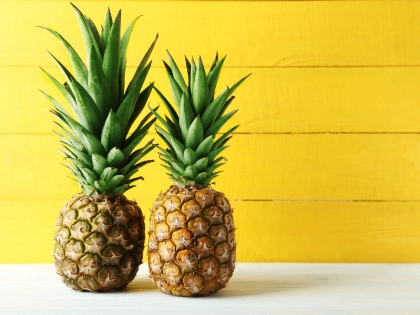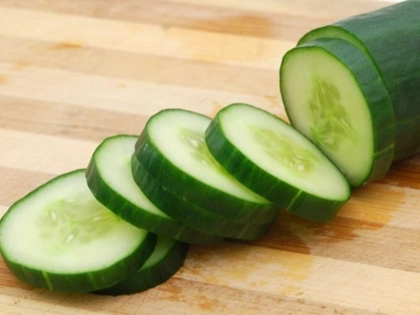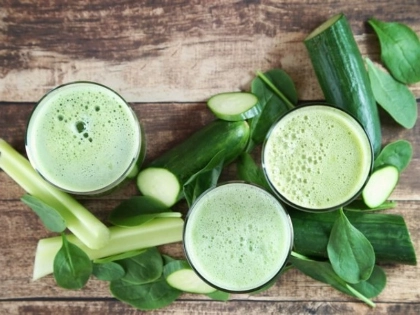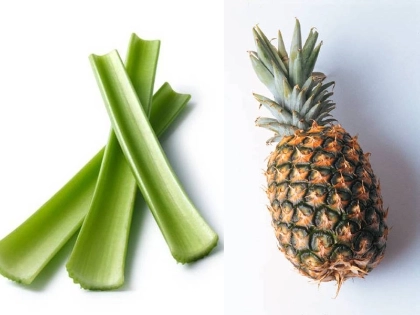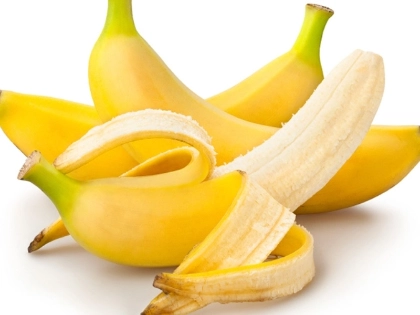The Healthiest Way to Eat Boiled Potatoes
A healthy diet can contain potatoes, but it's best to avoid topping them with foods high in saturated fat, such as butter or sour cream. Potatoes are a great source of fiber and other nutrients when cooked correctly. Before boiling, give your potatoes a good wash under cold running water. This will assist in getting rid of any dirt and pesticide residue that might be on them.
Getting Ready

Cooking
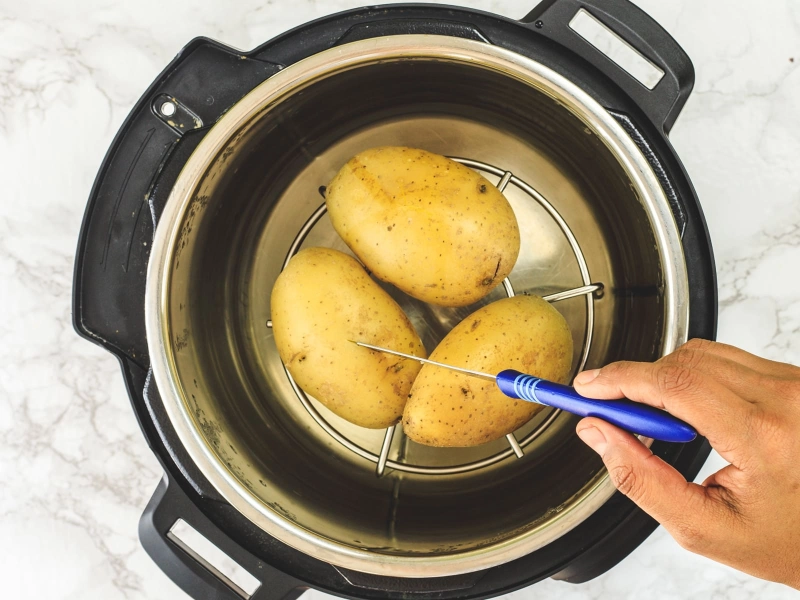 Potatoes are healthiest when consumed whole and uncooked; roasting or steaming them while still in their skins are the next best options. Because boiling leaches away water-soluble nutrients, it is not the ideal option because it results in significant nutrient loss.
Use a vegetable brush ($8, Bed Bath & Beyond) to scrub the potatoes to get rid of any dirt or sprouts before boiling. Using a paring knife or vegetable peeler, peel the potatoes if you'd like.
Put the potatoes in a big pot and add cold water to cover them. After adding the salt, boil. Use a fork or knife to poke the potatoes to check their doneness after they have boiled. Instead of being mushy, the potatoes should be fork-tender. Drain the potatoes after they've cooled. If desired, garnish with caraway seeds or lovage leaves. The flavor of boiling potatoes is enhanced with the aromatic herb called clover. It's a common addition to potatoes and flavoring for clear broth soups in the Czech Republic.
Potatoes are healthiest when consumed whole and uncooked; roasting or steaming them while still in their skins are the next best options. Because boiling leaches away water-soluble nutrients, it is not the ideal option because it results in significant nutrient loss.
Use a vegetable brush ($8, Bed Bath & Beyond) to scrub the potatoes to get rid of any dirt or sprouts before boiling. Using a paring knife or vegetable peeler, peel the potatoes if you'd like.
Put the potatoes in a big pot and add cold water to cover them. After adding the salt, boil. Use a fork or knife to poke the potatoes to check their doneness after they have boiled. Instead of being mushy, the potatoes should be fork-tender. Drain the potatoes after they've cooled. If desired, garnish with caraway seeds or lovage leaves. The flavor of boiling potatoes is enhanced with the aromatic herb called clover. It's a common addition to potatoes and flavoring for clear broth soups in the Czech Republic.
Emptying
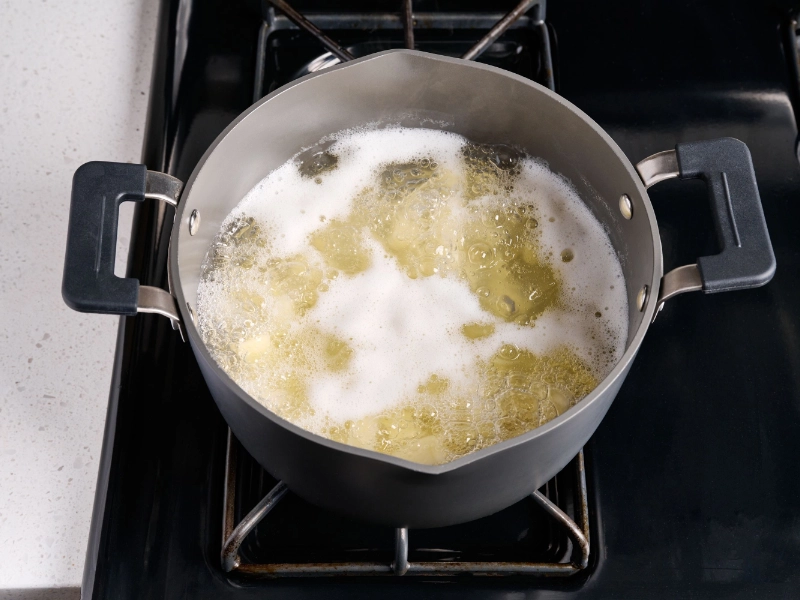 Potatoes must be drained as soon as they are fork-tender to avoid overcooking. They get soggy and crumbly if they are submerged in the boiling water for an extended period of time. Placing a fork or skewer into the largest chunks is a good test; it should pass through without encountering any resistance. Before trying again, return the boiled potatoes to the water for a few minutes if the spear is still stuck.
To ensure uniform cooking, while boiling diced potatoes, make sure they are roughly the same size. If you want to use the potatoes in a stir fry, you can also parboil them beforehand; just keep in mind that they will take longer to cook than the other veggies.
Select waxy potatoes, like Yukon Gold or Red Bliss, as they retain their shape nicely after cooking. To improve the flavor, toss them in melted butter with a dash of lovage and caraway seeds.
Potatoes must be drained as soon as they are fork-tender to avoid overcooking. They get soggy and crumbly if they are submerged in the boiling water for an extended period of time. Placing a fork or skewer into the largest chunks is a good test; it should pass through without encountering any resistance. Before trying again, return the boiled potatoes to the water for a few minutes if the spear is still stuck.
To ensure uniform cooking, while boiling diced potatoes, make sure they are roughly the same size. If you want to use the potatoes in a stir fry, you can also parboil them beforehand; just keep in mind that they will take longer to cook than the other veggies.
Select waxy potatoes, like Yukon Gold or Red Bliss, as they retain their shape nicely after cooking. To improve the flavor, toss them in melted butter with a dash of lovage and caraway seeds.
Keepsake
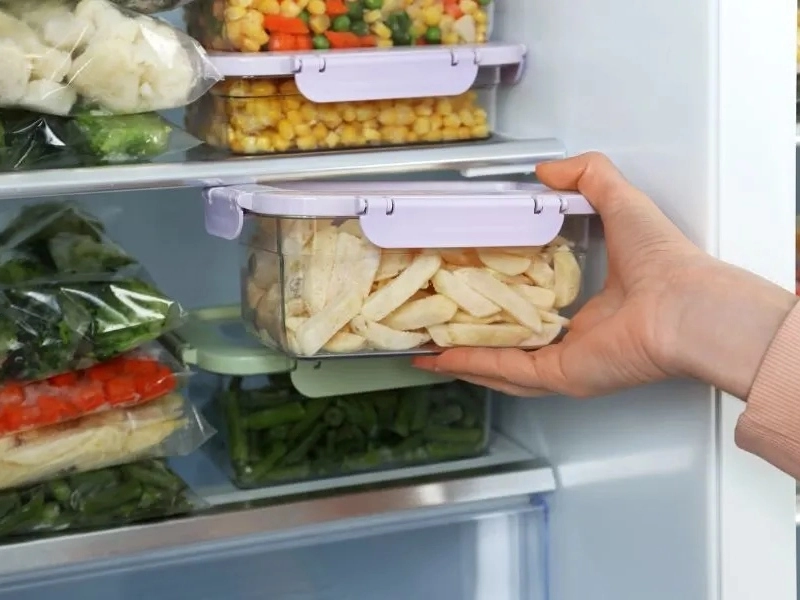 There are a few things you should be aware of when it comes to keeping boiling potatoes. It's crucial to first understand that it's not safe to leave them out on the counter for a few hours. This is due to the fact that if food is left out too long, bacteria may begin to grow on it and create a foodborne illness.
You should keep your boiled potatoes refrigerated to prevent this. This will prolong their freshness and help to guarantee that they are safe to eat.
Furthermore, be careful to store boiled potatoes in an airtight container for maximum preservation. This will assist in keeping them from getting damp and soaked. You may speed up the cooling process if you're concerned that they won't cool down sufficiently by adding some ice to the container.
There are a few things you should be aware of when it comes to keeping boiling potatoes. It's crucial to first understand that it's not safe to leave them out on the counter for a few hours. This is due to the fact that if food is left out too long, bacteria may begin to grow on it and create a foodborne illness.
You should keep your boiled potatoes refrigerated to prevent this. This will prolong their freshness and help to guarantee that they are safe to eat.
Furthermore, be careful to store boiled potatoes in an airtight container for maximum preservation. This will assist in keeping them from getting damp and soaked. You may speed up the cooling process if you're concerned that they won't cool down sufficiently by adding some ice to the container.


